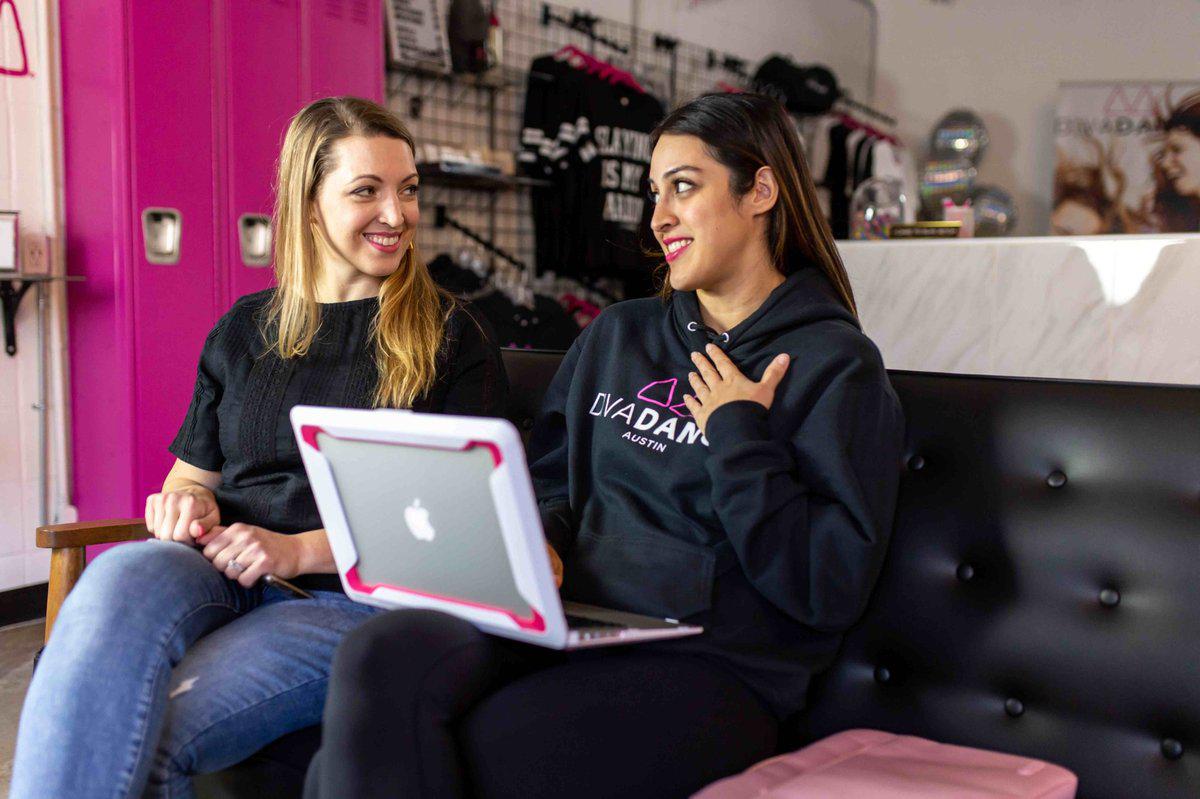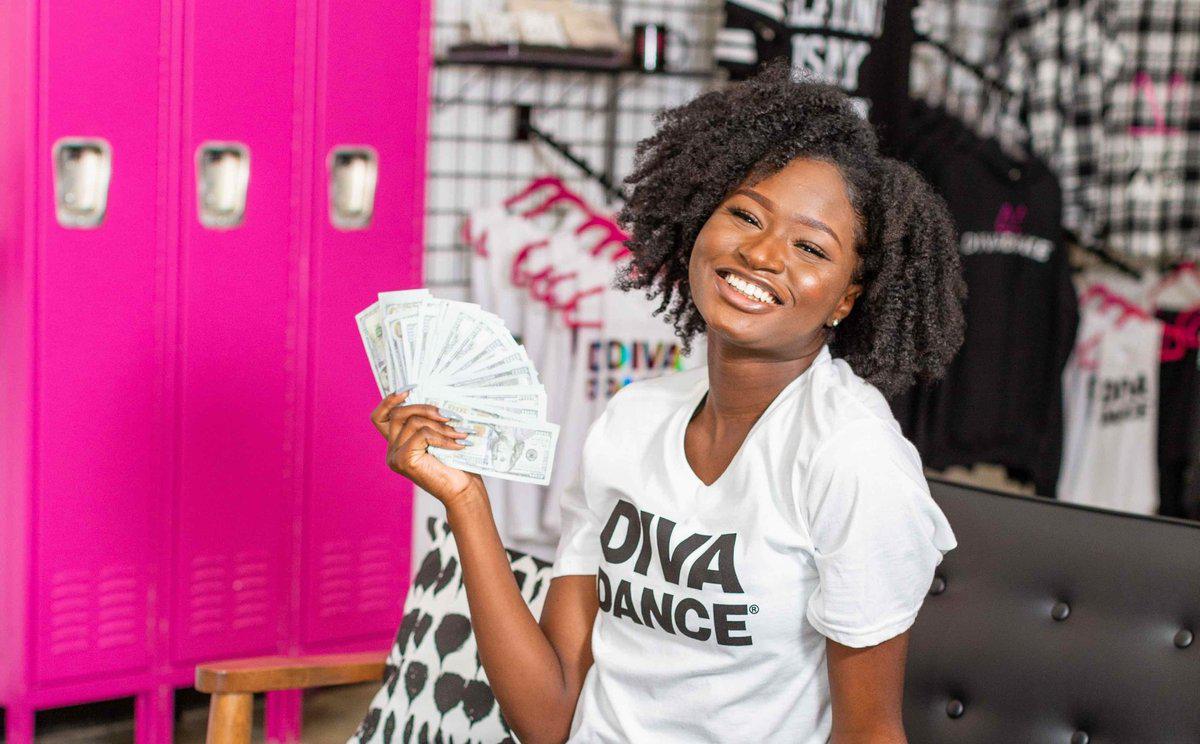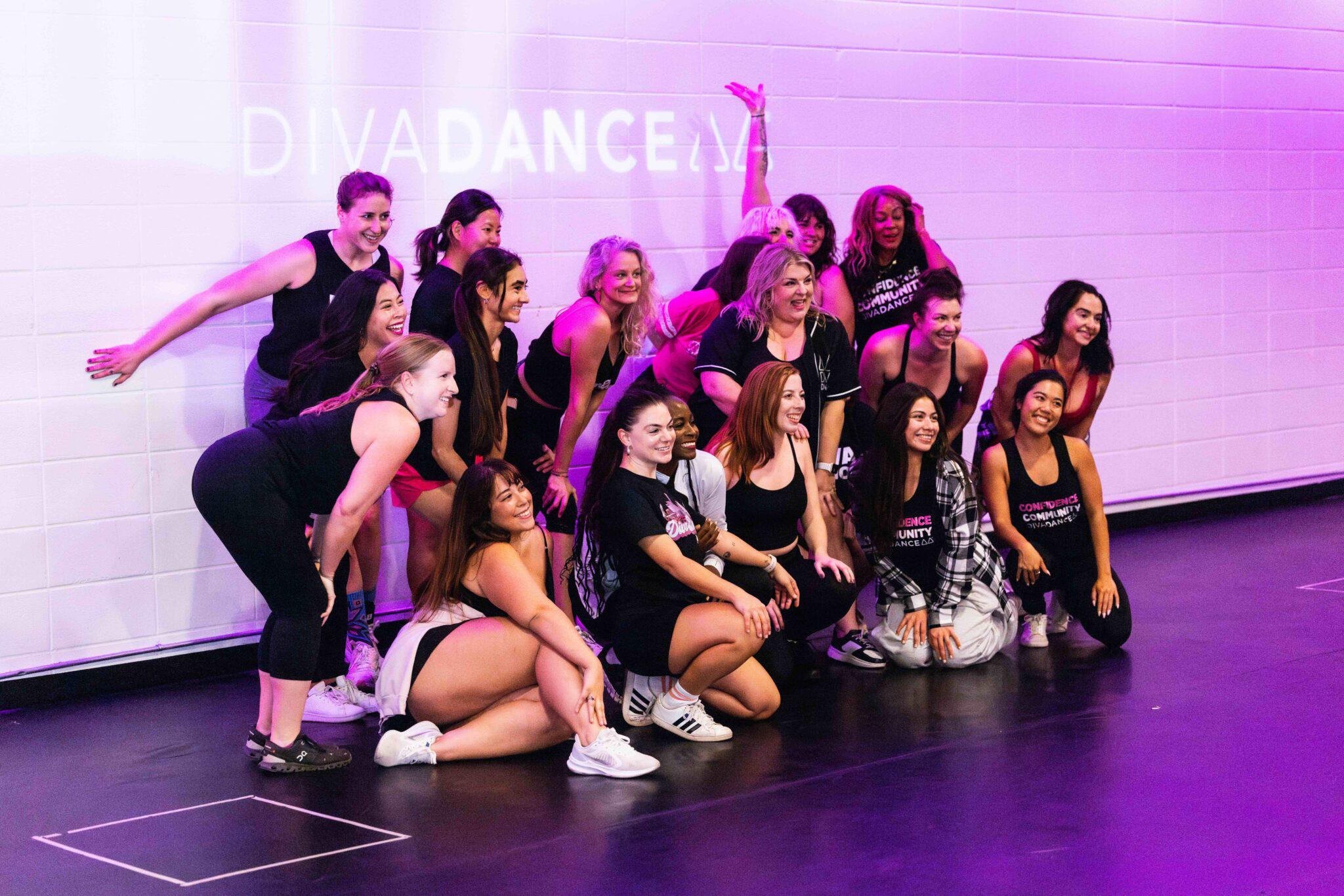Dance Studio Franchise Guide: How to Choose the Right One for You
This dance studio franchise guide explains what to look for, how the model works, and what to expect before you apply — with transparent examples from the DivaDance system.
- Fit check: who thrives in this business and why
- Franchise vs. starting from scratch: key tradeoffs
- Revenue model: memberships, drop-ins, private events, merch
- What to ask any franchisor: due-diligence checklist
- Next steps: links to learn more and apply
What this dance studio franchise guide will cover
Searching for the right dance studio franchise is equal parts strategy and self-awareness. Your goals, schedule, and appetite for people-leadership all matter. This guide breaks down how to evaluate options and shows how DivaDance approaches adult dance experiences, so you can decide if this path fits your vision.
For general franchise background, see Entrepreneur’s Franchise Guide.

Is a dance studio franchise right for you?
Owners who thrive tend to love community, enjoy hosting memorable experiences, and are comfortable with light operations (scheduling, staffing, marketing). You don’t need to be a trained dancer — you do need consistency, a service mindset, and the ability to build local partnerships.
If you want a benchmark for small business ownership traits, explore the U.S. Small Business Administration Guide.
- Strengths that help: people leadership, event hosting, basic marketing know-how
- Time reality: many markets see peak demand evenings/weekends; plan staffing accordingly
- Lifestyle fit: flexibility to scale from lean launch to multi-instructor schedules
Franchise vs. starting a studio from scratch
Starting solo means building brand, curriculum, systems, and demand from the ground up. A franchise compresses that timeline, trading a fee for proven playbooks, training, and support. The right choice depends on your timeline and risk tolerance.
For an industry perspective, check the International Franchise Association overview.
- Franchise advantages: recognizable brand, ready curriculum, campaign assets, peer network
- Independent advantages: full creative control, no royalties, unique concept freedom
- Middle ground: some franchisees launch in partner studios to keep overhead lighter early on
How the business model works (with DivaDance examples)
Most successful systems diversify revenue. At DivaDance, owners typically blend:
- Recurring memberships for predictable revenue and retention
- Drop-ins to convert trialers and friends-of-members
- Private events (bachelorette parties, birthdays, team-building) — explore demand and formats:
DivaDance Parties - Merch that reinforces community and raises AOV
Location strategy matters. Look at neighborhoods with nightlife, young professionals, or strong after-work traffic.
See industry data on U.S. Dance Studio Market Research.
Also see how DivaDance maps markets:
DivaDance Locations.

Questions to ask before you apply
- What drives most revenue: memberships, events, or both? How does seasonality look?
- What does first-year marketing include (campaigns, ad budgets, creative, coaching)?
- How are instructors recruited, trained, and scheduled? Who owns the relationship?
- What tech stack powers bookings, payments, and retention?
- What real support do I get in month 1, 3, and 12? Can I talk to current owners?
For a due diligence framework, see SCORE’s franchise questions checklist.
For DivaDance specifics, review the overview and request a call:
DivaDance Franchise Details.
What to expect in the first 90 days of your dance studio franchise
- Training & onboarding: operations, class experience, marketing foundations
- Launch plan: calendar, grassroots partnerships, opening-month events
- Acquisition: trial offers → nurture → membership conversions
- Retention: themed classes, referral moments, and community rituals
If the model resonates, you can move from interest to first classes on a predictable timeline with guidance from HQ and peer owners.

